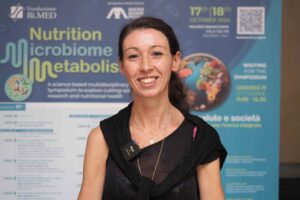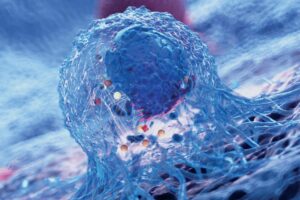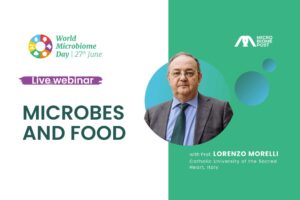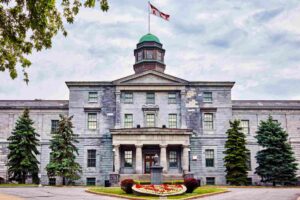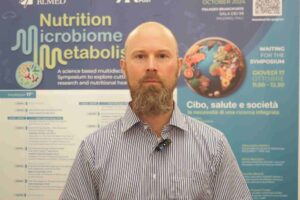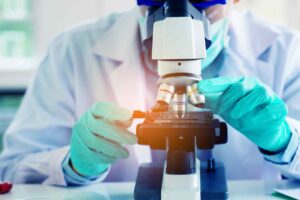What is already known
The discovery of penicillin and other antibiotics derived from natural products marked a medical milestone, enabling the treatment of bacterial infections. However, the increasing prevalence of antibiotic resistance poses a significant challenge to public health and highlights the need for novel antimicrobial compounds to fight resistant strains.
What this research adds
Using a machine learning platform, researchers identified 863,498 candidate antimicrobial peptides, more than 90% of which had never been described before. To validate the findings, the team synthesized 100 of these peptides and tested them against 11 disease-causing microbes. Of the candidate compounds, 63 inhibited the growth of at least one of the pathogens tested. Some of the compounds also stopped infections in mice. The database of candidate antimicrobial sequences, which the researchers called AMPSphere, is open access and freely available.
Conclusions
The findings suggest that artificial intelligence can help uncover new antibiotics, opening the way for new approaches to antibiotic discovery. The work also offers an open-access resource for antibiotic developers.
Antimicrobial resistance is one of the world’s most pressing public health issues, killing 1.27 million people every year. Using machine learning, researchers have now identified nearly a million potential sources of antibiotics in nature.
The work, published in Cell, suggests that artificial intelligence can help uncover new antibiotics, opening the way for new approaches to antibiotic discovery.
“There is an urgent need for new methods for antibiotic discovery,” says study senior author Luis Pedro Coelho at the Institute of Science and Technology for Brain-Inspired Intelligence of Fudan University in Shanghai, China. “Using artificial intelligence to understand and harness the power of the global microbiome will hopefully drive innovative research for better public health outcomes.”
The discovery of penicillin and other antibiotics derived from natural products marked a medical milestone, enabling the treatment of bacterial infections. However, bacteria have evolved mechanisms to withstand the effects of antibiotics — a phenomenon known as antibiotic resistance.
Looking for new antimicrobial agents, Coelho and his team leveraged artificial intelligence to scour multiple public databases of microbial genomic data.
AI-powered search
The researchers used a machine learning platform to analyze 87,920 genomes from specific microbes as well as 63,410 collections of microbial genomes from environmental samples.
The analysis revealed 863,498 candidate antimicrobial peptides, more than 90% of which had never been described before. To validate the findings, the team synthesized 100 of these peptides and tested them against 11 disease-causing microbes, including antibiotic-resistant strains of Escherichia coli and Staphylococcus aureus.
“Our initial screening revealed that 63 of these 100 candidates completely eradicated the growth of at least one of the pathogens tested, and often multiple strains,” says study co-author Cesar de la Fuente-Nunez. “In some cases, these molecules were effective against bacteria at very low doses.”
Open-access resource
Some of the compounds also stopped infections in mice, the researchers found. Two of the candidate molecules reduced bacteria by up to four orders of magnitude when tested on infected mice, producing results similar to those of polymyxin B — a commercially available antibiotic that is used to treat pneumonia, meningitis and other infections.
Further analyses revealed that many of the identified compounds kill bacteria by disrupting their outer protective membranes. Despite their similar mode of action, these molecules came from many diverse sources, including water, soil and human and animal guts.
The researchers created a database containing the candidate antimicrobial sequences, which they called AMPSphere. The database is freely available, offering an open-access resource for antibiotic developers.


